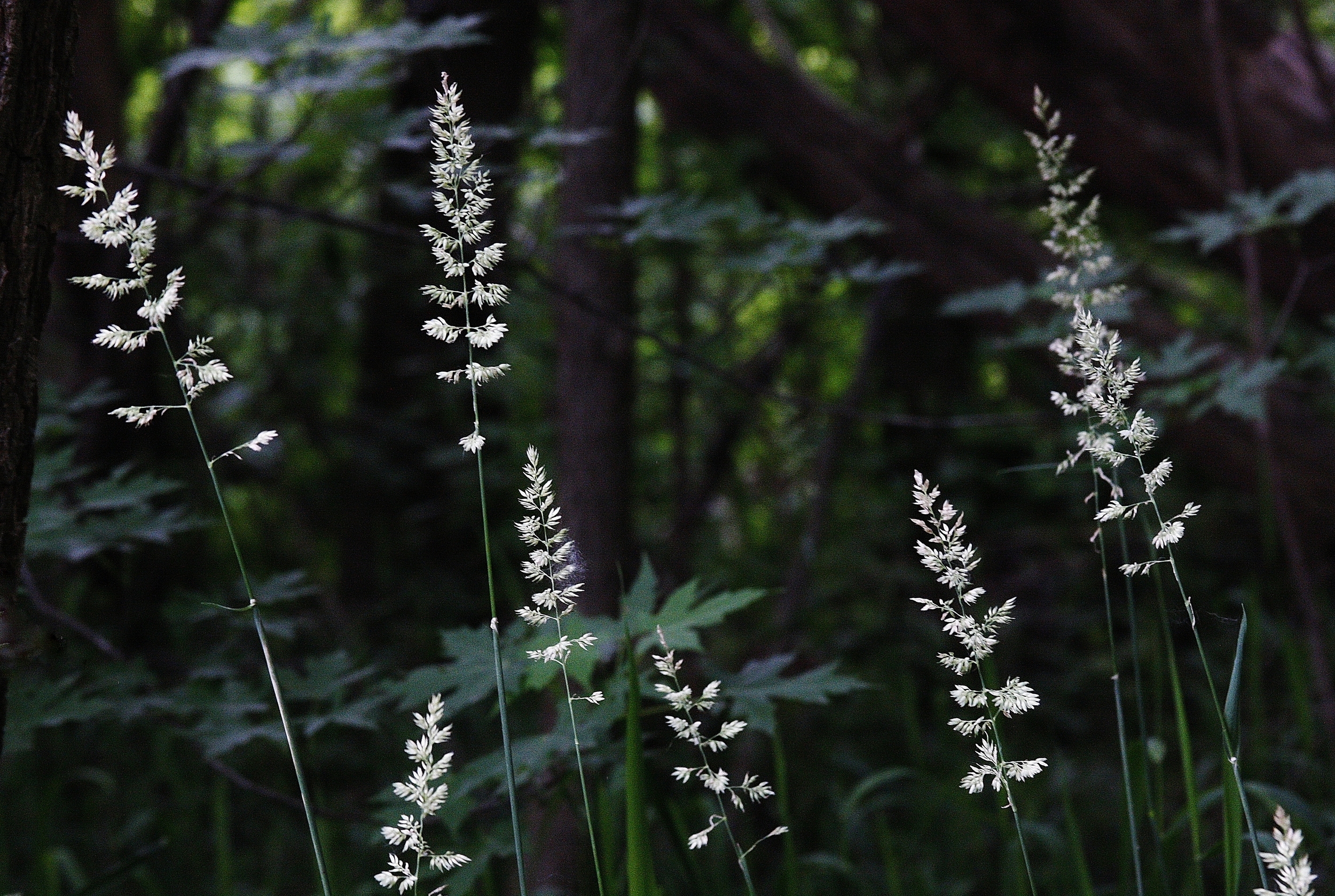Habitat
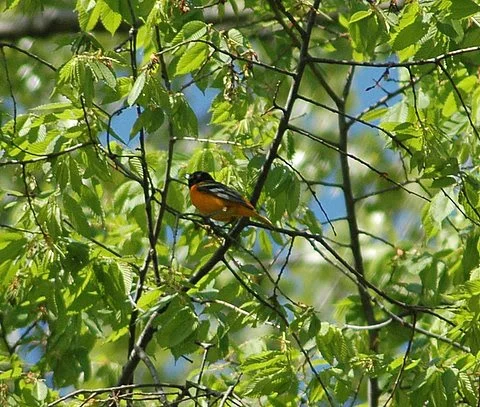

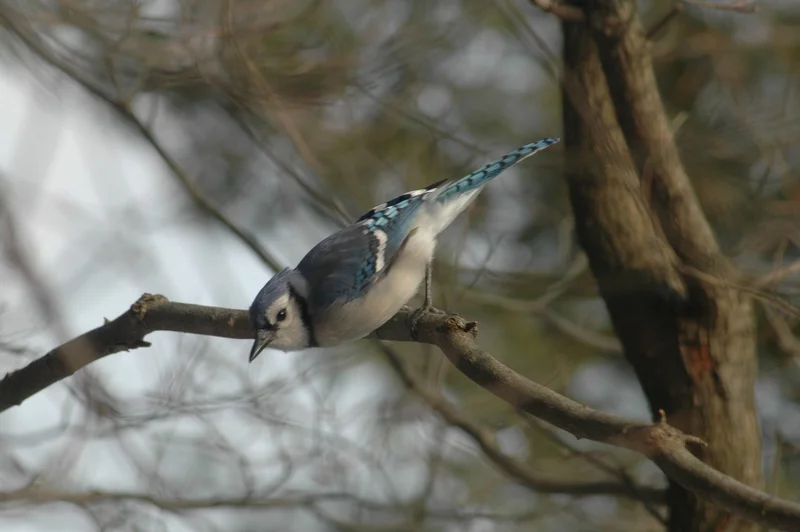
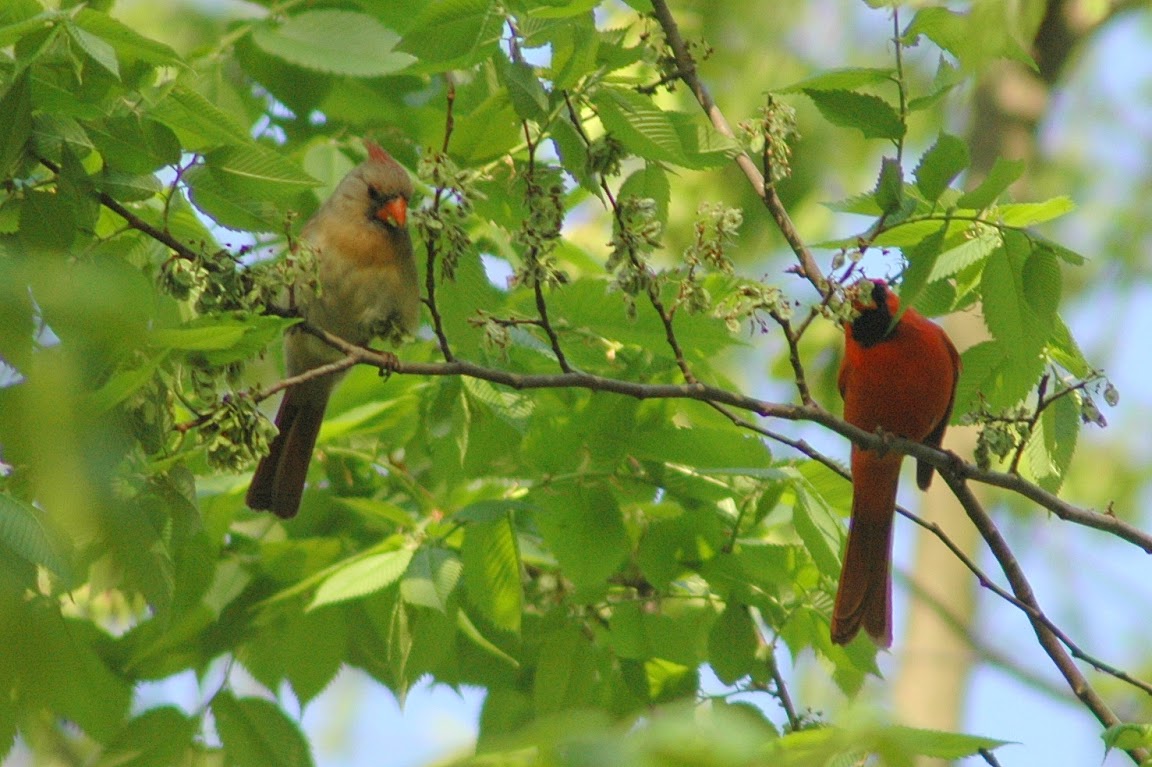
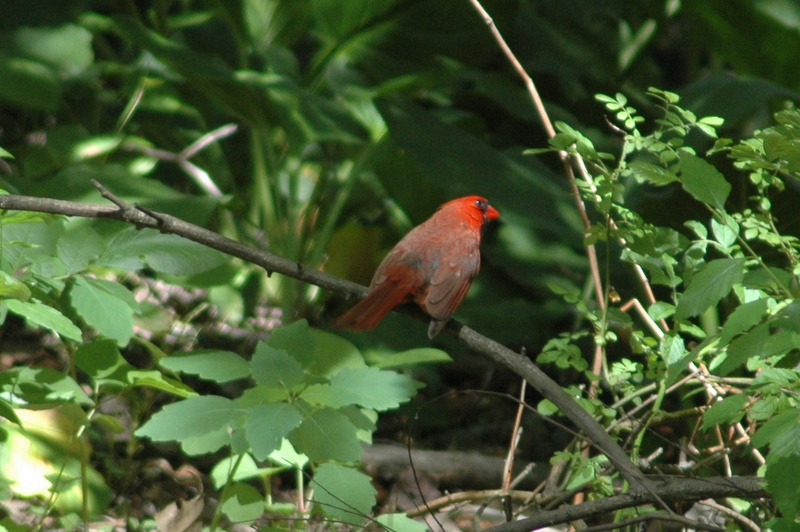
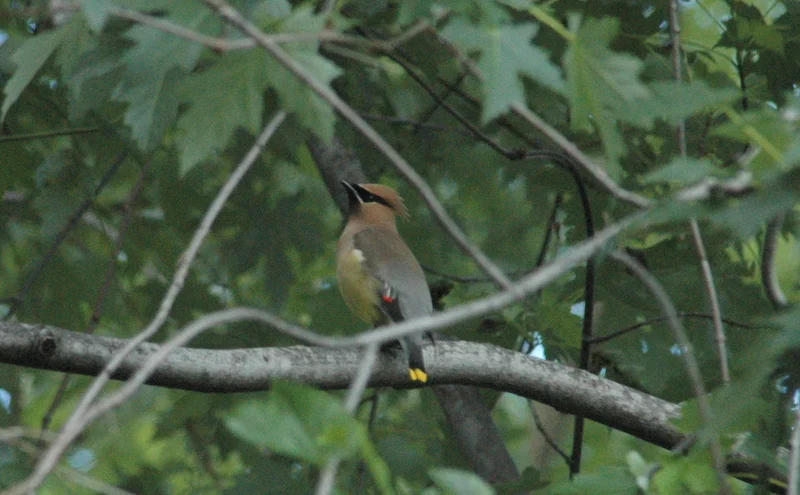


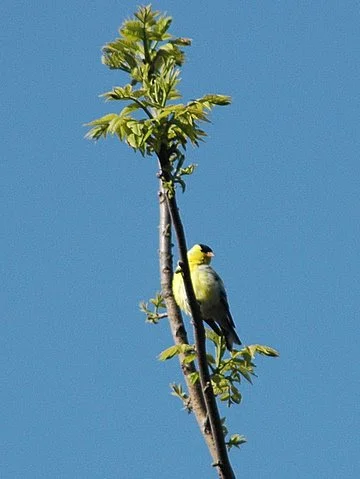
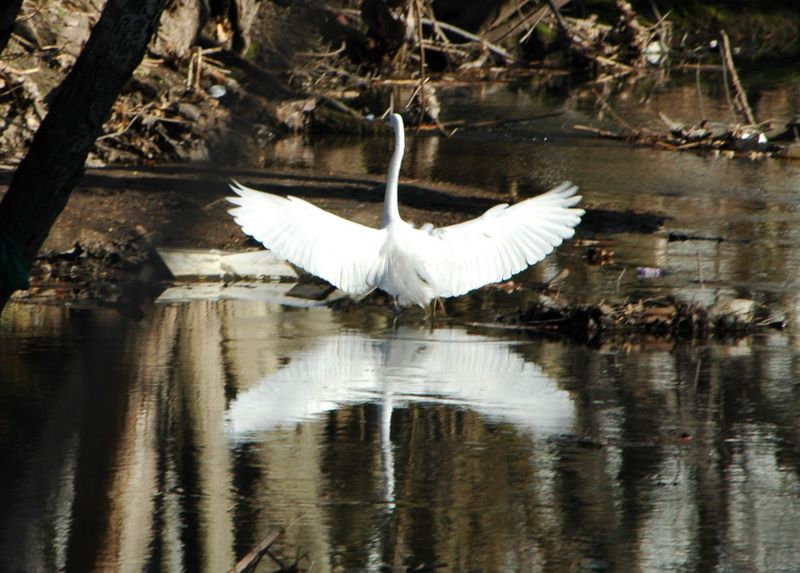


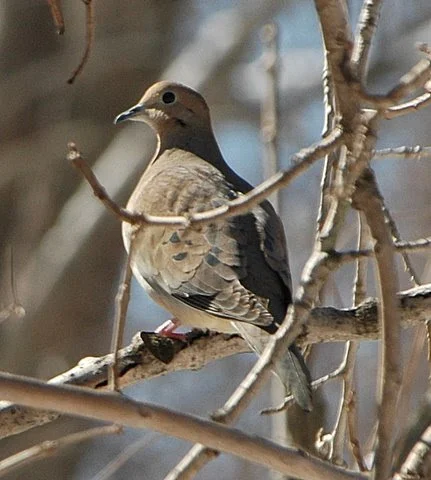
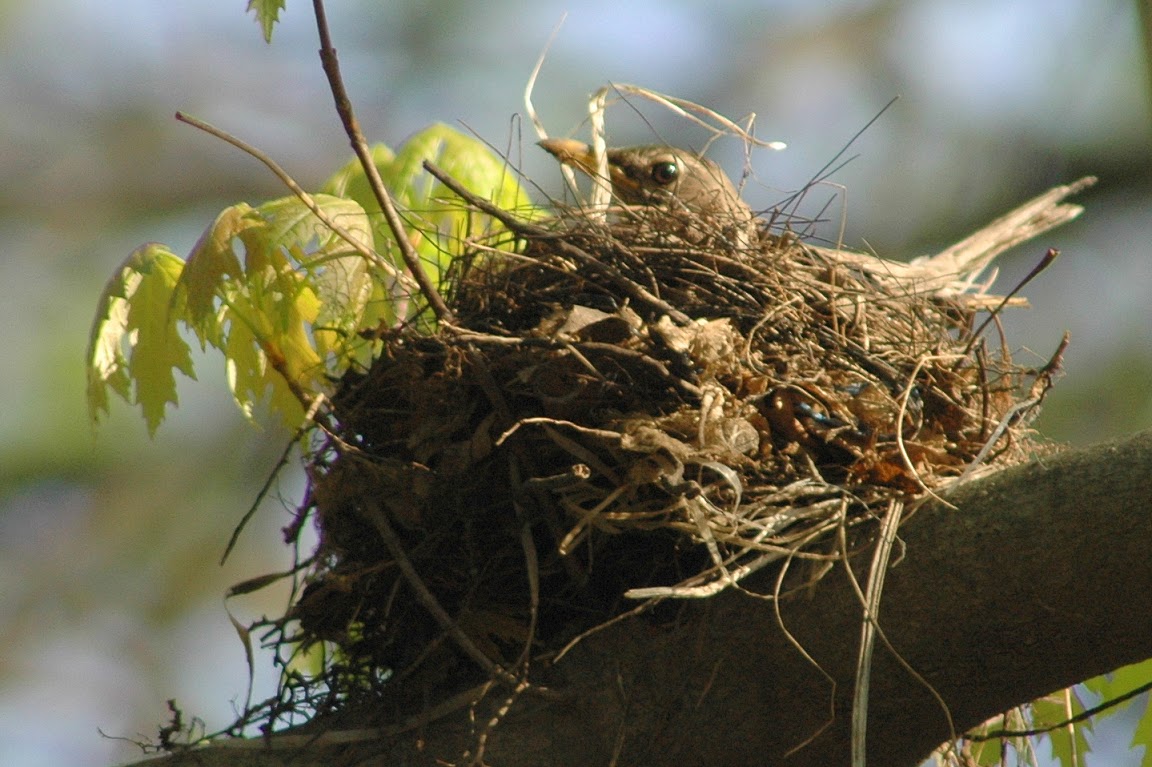
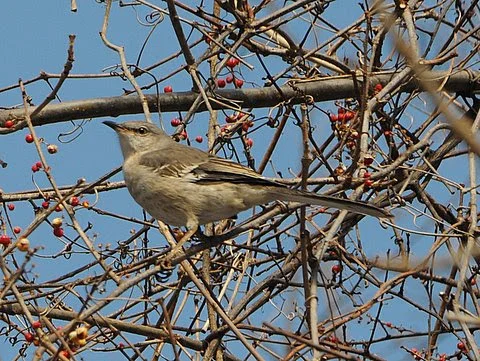

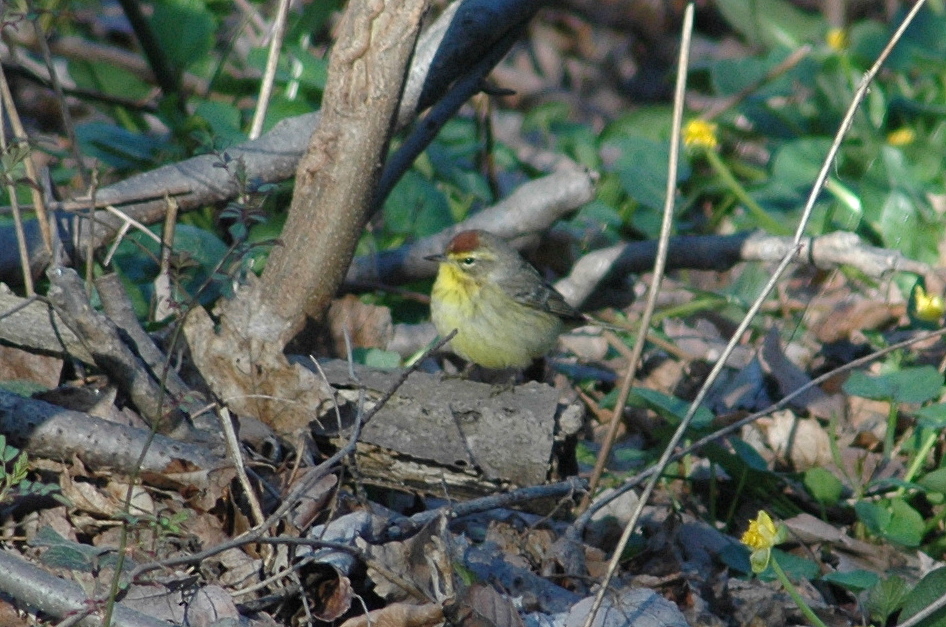


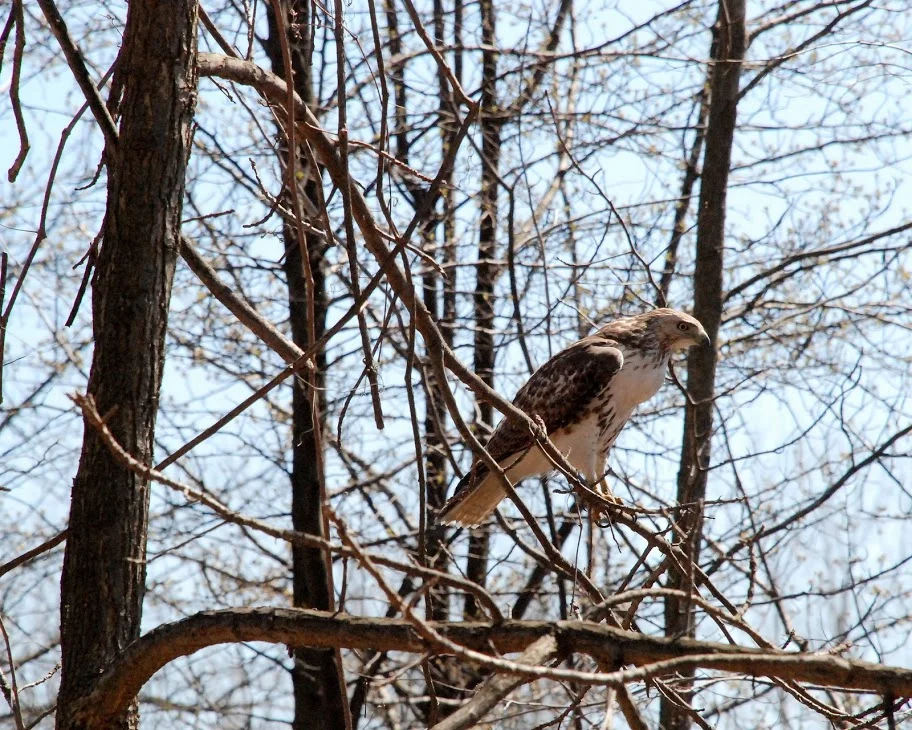


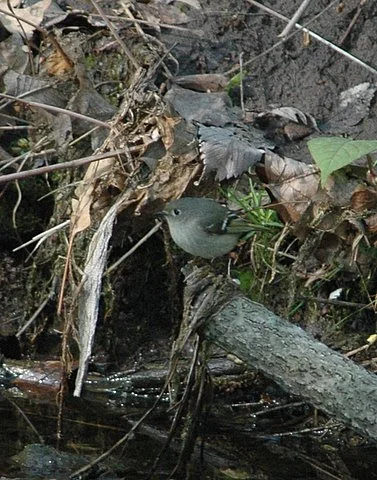

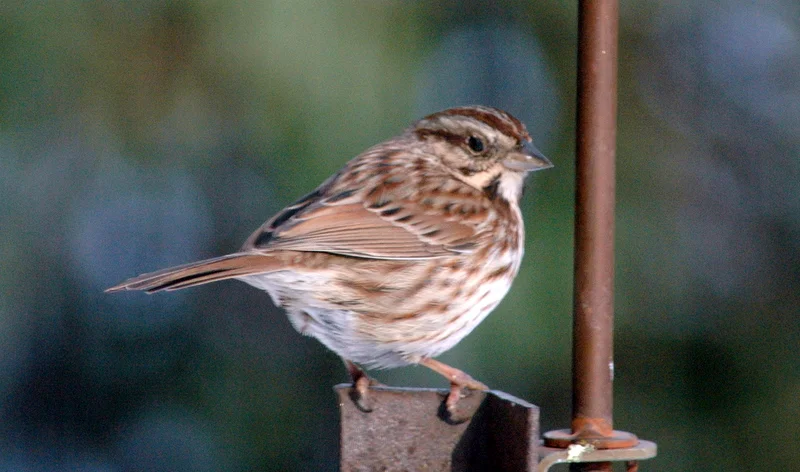
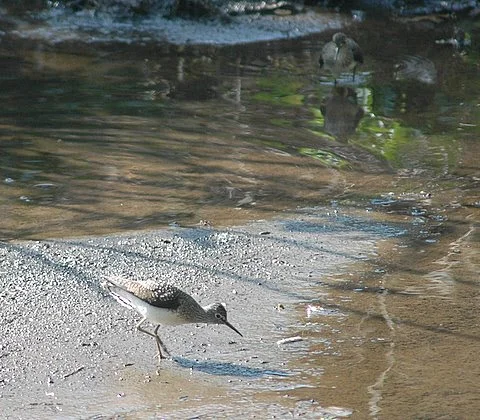




Since the first railroad ran through the Hackensack Meadowlands in 1832, carrying New York City eco-tourist escaping summer in the city, New Jersey has been characterized as a ‘transportation corridor’ that serves to connect distant places. While we readily acknowledge the relevance the NJ transportation corridors have for humans, the role our tiny state plays in the movement of migratory non-human species is not as well recognized.
The Hackensack River Valley (including tributaries to the river like the Teaneck Creek) is located at a critical position in the northern portion of the Atlantic Flyway – the pathway that has been followed for millennia by many species of birds and insects as they travel between the northern and southern hemispheres. The movement of many threatened and endangered species (both Federally and State listed) along this Flyway has been well documented. These species rely on the habitats found in NJ for food, water, shelter, and rest from their journeys that may cover thousands of miles. While coastal areas such as Cape May and Delaware Bay are protected because of their importance to shore birds, less protection is offered for migrants that require forested habitat as their oases. Visit the Creek for a great birding experience! You can download our most recent bird list HERE.
The Hackensack Meadowlands once covered over 21,000 acres, two-thirds of which have been developed. The remaining one-third now consists predominately of salt marshes and open water, with only small disconnected parcels that sustain forests. The Teaneck Creek Conservancy (TCC) contains some of these last remnants of the forested wetlands that were originally part of the freshwater portion of the complex Hackensack Meadowlands ecosystem. Some of the migratory species that have been observed in our forested TCC habitat include warblers, juncos, woodpeckers, and monarch butterflies. As you walk the trails of the TCC you will find the ‘Milepost Markers’ created by artist Lynn Hull. These artworks created from concrete slabs of construction debris found on site identify some of our visitors and detail their journeys around the world.
Preserving and enhancing the quality of the TCC habitat will contribute to the survival of the migratory visitors that rely on these freshwater riparian forests to complete their journey. TCC is working with Bergen County to remove old construction debris and re-create additional freshwater forested wetlands that were once the dominant habitat feature on the site. We anticipate that creating these additional wetlands and forested areas will support a greater abundance of non-human visitors, while at the same time increasing the opportunities for our human visitors to re-connect with the natural world that was once found here.
Teaneck Creek Wetlands Restoration Plan
Teaneck Creek, a tributary of the Hackensack River, was identified as a NY/NJ Harbor Estuary Program Priority Restoration Site in 2003. This 46-acre urban wetland system is part of Bergen County Overpeck Park, located 10 miles from midtown Manhattan.
Funding provided by the NJ Wetlands Mitigation Council supported baseline research describing the site's hydrology and vegetation in order to develop a Conceptual Wetland Restoration Plan, which was completed and approved by the New Jersey Wetlands Mitigation Council in 2008.
In order to proceed with the proposed wetland restoration, Bergen County hired Biohabitats to develop the Final Wetland Restoration Plan, which was completed in late 2015. The new plan takes into account park improvements made by the Teaneck Creek Conservancy volunteers and Bergen County Audubon volunteers, as well as management of the site's stormwater inputs, designed by Biohabitats. The Final Wetland Restoration plan has been submitted to the NJDEP, and Bergen County is awaiting final approval of the plan. The County has also applied for grant funding to support restoration of the "Stormwater Canyon" area next to the Puffin Foundation parking lot. As this restoration proceeds, the County will also be following NJDEP-mandated removal of debris from the wetlands and closure of the historic landfilled sections of the park located along DeGraw Ave. For more information please visit: http://cues.rutgers.edu/teaneck-creek-conservancy/

